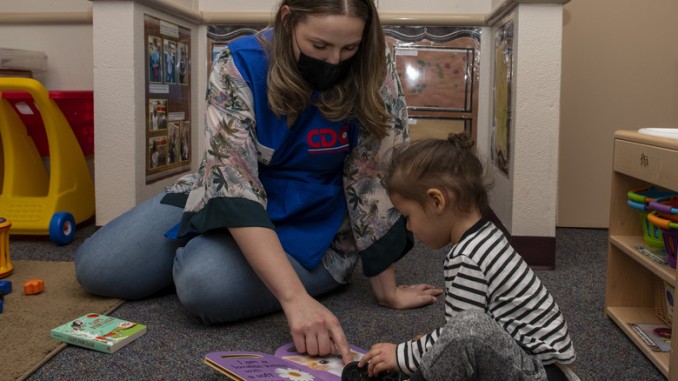
Most working-class families in the United States didn’t have access to professional childcare before COVID-19 hit, and they don’t now. Now, as many states begin to reopen workplaces, the schools remain shut. So the childcare crisis deepens.
Even in “normal,” pre-COVID times in many areas, childcare “deserts” leave 51 percent of families stranded, with rural areas in the worst shape. Many single parents empty their pockets, spending nearly a quarter of their income on childcare, while the state spends a tiny fraction of a percent of its gross domestic product on early childhood education and childcare.
Despite the expense of childcare, workers providing care are some of the lowest paid in the U.S. and are overwhelmingly female and disproportionately women of color. Nearly half of children under age six are raised in low-income households. Subsidies exist for these families on paper to get childcare, but only one in six children actually receive this help. So, working-class families have no other choice but to scrape something together, relying on older siblings or other family members. Some even use video cameras as “care”!
Shoestring budgets and for-profit childcare centers spell disaster for working people when economic crises come along. Many childcare centers closed in the wake of the 2008 recession, regardless of need. (In Minnesota, for example, the number of providers dropped by 25 percent from 2006-2015.)
With COVID-19, many centers have closed (like half the centers in Oregon!), and even states who have kept centers open for essential workers are starting to close applications for limited slots due to funding shortages. For those working from home, and the millions who are constantly at risk of the virus through their jobs, the bosses are pushing us to our limits. How productive can we be while we juggle work, kids, and the crisis? They are pushing to see how far we will go to cover our basic needs on our own dime. The drive for profit has no room to care for the children of the world. It is up to workers to decide when enough is enough.
Featured image credit: James Hodgman




